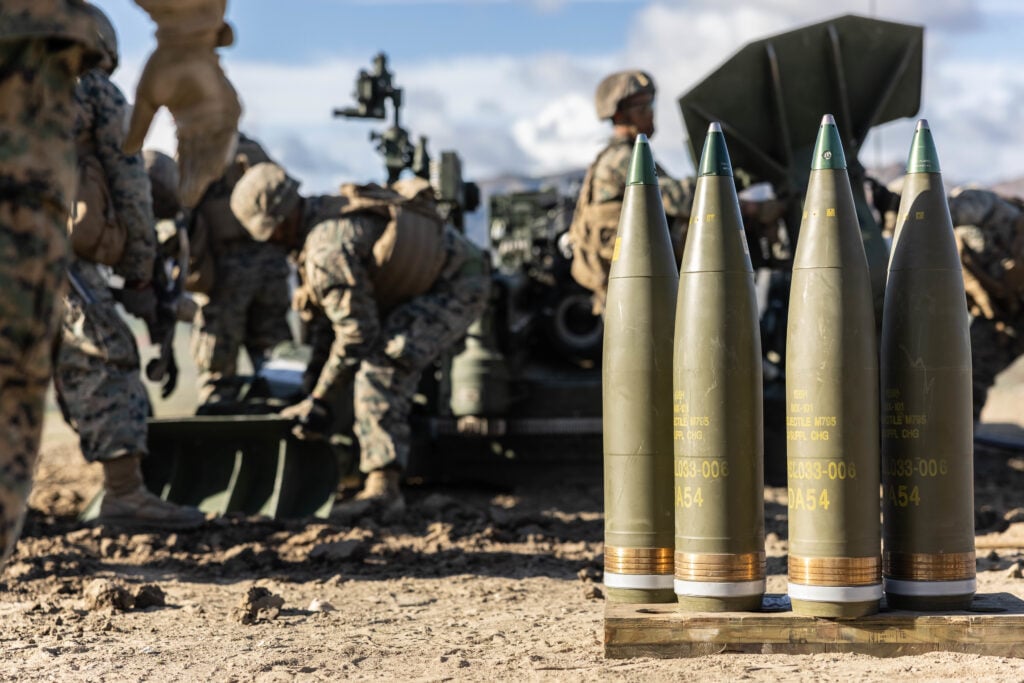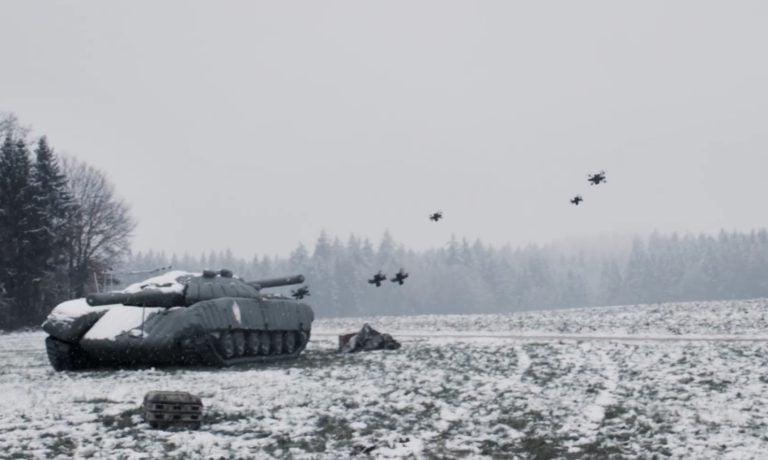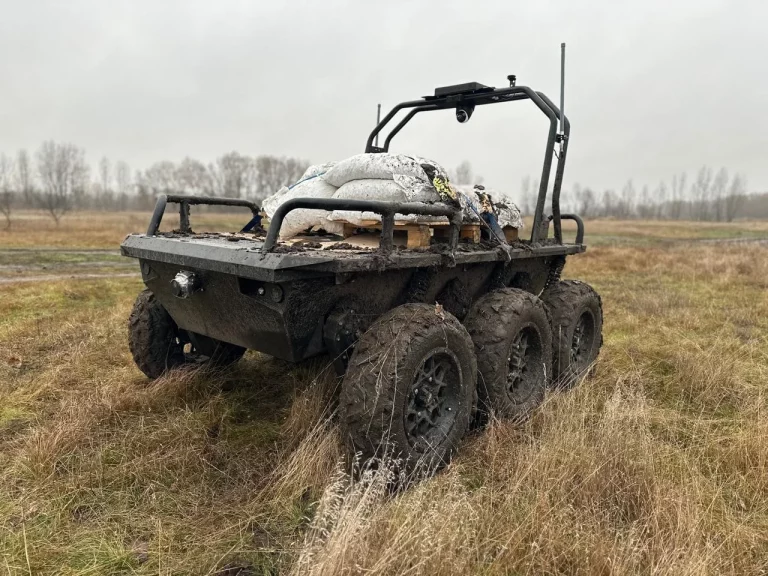The US Army is evaluating whether to terminate General Dynamics’ management of three new 155-millimeter artillery shell production lines situated in Mesquite, Texas. This initiative, part of the army’s broader strategy to amplify its munitions production capacity to 100,000 shells per month, is a direct response to the evolving geopolitical landscape following Russia’s invasion of Ukraine.
The Universal Artillery Projectile Lines (UAPLs) incorporate specialized facilities dedicated to the manufacturing of metal components, artillery rounds, and casings. The operations are overseen by General Dynamics’ Ordnance and Tactical Systems (GD-OTS) division.
Recent reports indicate that the Pentagon’s reconsideration stems from the insufficient performance of infrastructure linked to the UAPL project, which has repeatedly failed to meet its completion deadlines. A show cause letter, recently obtained by Breaking Defense, outlined the specifics, noting that UAPL Lines 1 and 2 have failed to meet their respective deadlines set for November 2024 and April 2025, with the completion of Line 3 by March 2026 also jeopardized.
The document highlighted that GD-OTS has encountered significant challenges, with six missed deadlines for the First Article Test of Line 1 alone, impacting the overall schedule for both Lines 2 and 3. It detailed that since January 2025, GD-OTS’ timeline for equipment installation had been pushed back by three months, inevitably extending the total installation process and the subsequent testing phases into 2027.
While the letter hints at a potential change in oversight, General Dynamics has been given a ten-day window to respond and substantiate its capability to deliver on the production of 10,000 projectile metal parts monthly for Lines 1 and 2, along with an additional 10,000 parts for Line 3.
At this juncture, the army has indicated that no final decision has been reached regarding the contract’s fate, and the show-cause letter did not identify any alternative defense contractors who might be considered to succeed GD-OTS in this critical endeavor.


















